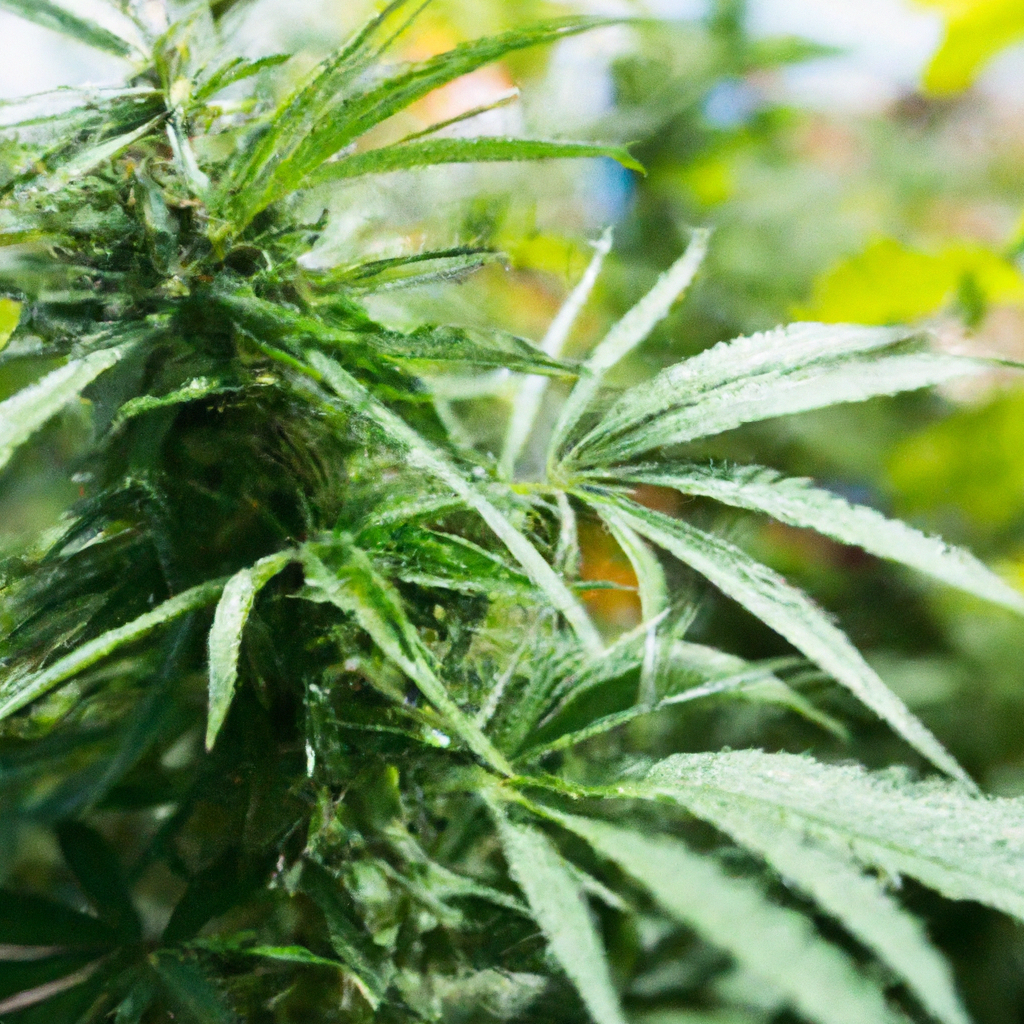In an era where environmental preservation is paramount, sustainable outdoor cannabis cultivation has become a focal point for conscientious growers. By integrating eco-friendly practices, cultivators can not only boost their plant yield but also minimize their ecological footprint. As someone who’s spent decades perfecting the art of growing in Colorado’s rugged terrain, I’m thrilled to share insights on how to merge sustainability with outdoor cannabis cultivation.
Understand Your Ecosystem
Every outdoor grow operation is different, and understanding the local ecosystem is crucial. Before planting, assess the natural conditions – soil quality, annual rainfall, wind patterns, and native flora and fauna. This information helps in selecting the right cannabis strains that will thrive without the need for excessive adjustment in resources.
- Soil Testing: Conduct comprehensive soil tests to determine nutrient levels and amend accordingly with organic matter.
- Climate Compatibility: Choose strains like the “Mile High Mystique” for its resilience in climates similar to Colorado’s.
- Natural Windbreaks: Utilize existing trees or tall plants to shield your cannabis crops from harsh winds.
Embrace Organic Growing Methods
Organic cultivation isn’t just about abstaining from synthetic fertilizers and pesticides; it’s about nurturing the soil and surrounding ecosystem. Building a healthy, organic soil foundation can improve plant health and yield while being eco-friendly.
- Compost and Mulch: Utilize homemade compost and natural mulch to enrich the soil and reduce water evaporation.
- Crop Rotation: Rotate cannabis with nitrogen-fixing plants to maintain soil fertility naturally.
Water Efficiency Practices
Water is a precious resource, and sustainable practices can significantly cut down on consumption without sacrificing plant health.
- Drip Irrigation: Implement systems that deliver water directly to the plant roots, minimizing waste.
- Rainwater Harvesting: Collect rainwater using barrels to reduce reliance on groundwater sources.
Reduce Energy Consumption
While outdoor growing inherently uses less artificial energy compared to indoor operations, there are still ways to further decrease energy use.
- Solar Integration: Incorporate solar panels to power any necessary equipment like water pumps or security systems.
- LED Lighting: If supplementary lighting is needed, high-efficiency LEDs can significantly reduce energy requirements.
Conclusion
Sustainable outdoor cannabis growing is not just an eco-friendly choice, but also a pathway to enhancing crop quality and yield. By understanding the local ecosystem, embracing organic methods, practicing water efficiency, and reducing energy consumption, cultivators can achieve a harmonious balance with nature. Remember, “Healthy roots, healthy buds, happy harvests.” Let’s work together towards a greener future.


Leave a Reply